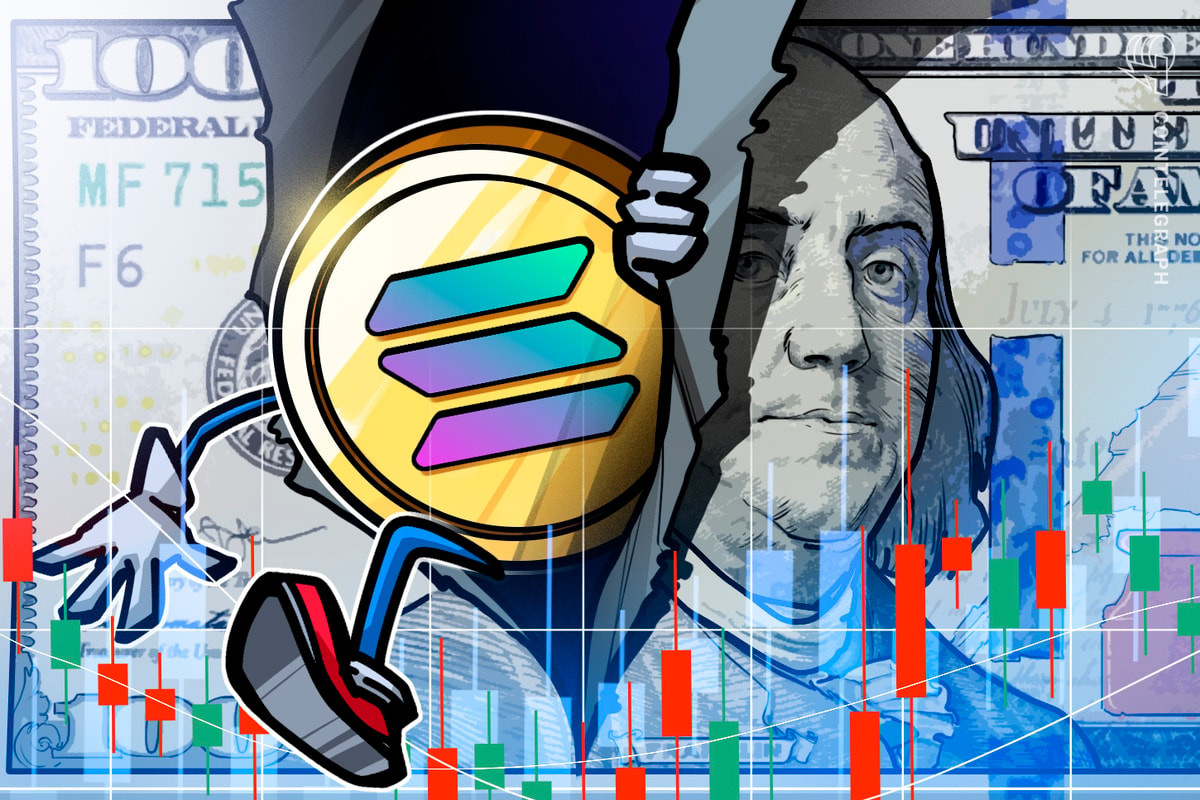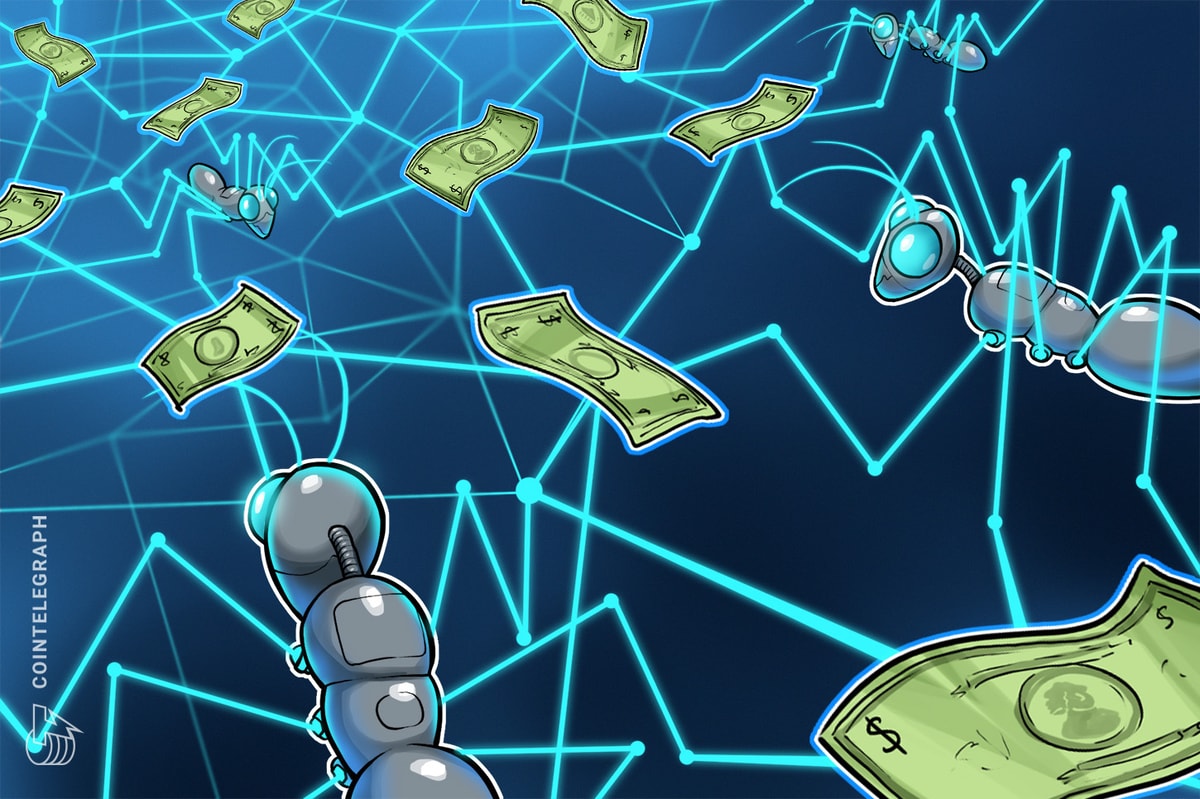Opinion by: Fred Hsu, co-founder and CEO at D3
A small business owner sits on a premium domain like organic.shop. They shop for months and are unable to find a buyer at their asking price.
Meanwhile, someone across the globe just bought a fraction of a Manhattan apartment through tokenized real estate in under five minutes.
This contrast illustrates a glaring inconsistency in our digital economy. While the real-world asset (RWA) tokenization market races toward a $400 trillion addressable market, the domain industry remains trapped in Web2 illiquidity despite managing 360 million registered domains and a $10 billion premium segment.
The domain industry’s refusal to embrace tokenization will destroy billions in value and hand market dominance to Web3 naming systems like ENS.
Stocks, real estate, and carbon credits have embraced blockchain-powered liquidity, while domains risk becoming the internet’s illiquid dinosaurs.
The tokenization wave domains are missing
Tokenization has fundamentally rewritten how valuable assets trade globally. Tokenized treasuries now amount to more than $7 billion, providing instant liquidity for traditionally slow-moving government securities.
Fractional ownership platforms let small investors buy into Manhattan skyscrapers or patent portfolios previously accessible only to institutions.
Smart contracts eliminate brokers, escrow services and paperwork that traditionally slow asset transfers. Settlements happen in minutes instead of weeks. Global markets operate 24/7, instead of during business hours in specific time zones.
The technological capability exists to transform domain trading immediately. The question is why an industry built on digital innovation tolerates analog friction.
The antiquated domain economy
Selling a domain today feels remarkably similar to 1999. The average domain sale takes three to six months, assuming it reaches completion. Brokers charge 15%-30% commissions compared to less than 1% for tokenized assets.
Geographic and capital barriers artificially limit potential buyers. A brilliant entrepreneur in Lagos might have a perfect vision for developing a premium domain, but lacks access to traditional payment systems or credit arrangements that domain brokers typically require.
Due to these friction points, less than 1% of registered domains trade every year. This represents massive economic inefficiency in a market theoretically worth hundreds of billions of dollars.
The situation becomes particularly absurd when you consider that domains represent pure digital assets that should be infinitely more liquid than physical real estate or paper securities. Instead, they trade less efficiently than either category.
The innovation penalty grows
This liquidity crisis creates cascading problems that extend far beyond slow sales processes. Premium domains represent significant trapped value that could fuel innovation if properly unlocked through modern financial infrastructure.
Startups can’t leverage domains as collateral for DeFi loans because traditional banking systems don’t recognize digital assets. DeFi protocols can’t verify domain ownership through legacy registrar systems. This financing gap limits entrepreneurial opportunities around premium digital real estate.
Voice.com sold for $30 million in 2019. Still, that transaction took months of negotiation and excluded potentially higher fractional bids from smaller investors who might have collectively valued the asset more highly than any single buyer.
Related: Early Bitcoin domains head to auction
Web3 naming systems like ENS gain traction, partly because they offer native blockchain integration that legacy domains lack. This represents competitive pressure from technically inferior but financially superior alternatives that solve liquidity problems through design rather than afterthought.
Building modern domain infrastructure
Tokenizing domains requires solving technical challenges that other Real World Asset (RWA) categories have addressed successfully. The basic framework involves converting domains into tradable NFTs that maintain ICANN compliance while enabling fractional ownership and instant settlement.
Crosschain liquidity enables domain trading across Ethereum, Solana, and other networks based on user preference rather than technical limitations. DAOs could collectively own premium domains with governance tokens representing fractional ownership stakes and voting rights over development decisions.
The regulatory path appears more evident for domains than other RWA categories because domains already represent established digital property with well-defined ownership frameworks recognized by ICANN and international law.
Early movers in domain tokenization will also capture disproportionate benefits through network effects that reward platform dominance. The first registrars to implement tokenization properly will attract premium domains seeking liquidity, which attracts traders seeking quality inventory.
Market disruption is already happening
The domain industry shows early signs of competitive pressure from blockchain-native alternatives. Web3 naming systems are gaining adoption despite technical limitations because they solve liquidity problems that traditional domains ignore.
Investment capital increasingly flows toward tokenized assets offering fractional ownership and DeFi integration. This shift creates opportunity costs for investors considering premium domains without similar capabilities.
Traditional domain trading platforms face potential disruption from blockchain-based alternatives that could offer superior user experiences. The first-mover advantages in domain tokenization may prove difficult for established players to overcome once market preferences shift toward liquid alternatives.
The inevitable transition
Domain tokenization represents evolution rather than revolution. The infrastructure exists, the demand is proven through other RWA categories, and the economic incentives clearly favor increased liquidity over continued friction.
The companies that embrace this transition early will establish platform advantages that become difficult to replicate as the market matures. Those that resist will find themselves competing with increasingly obsolete value propositions.
Without change, domains will become the only major asset class still trapped in Web2 trading mechanisms. The first registrars to implement tokenization properly will dominate the next era of digital ownership by providing the liquidity premium that domain owners have wanted for decades.
The domain industry built the internet’s addressing system. Now, it must join the internet’s financial evolution before it leaves it entirely behind.
Opinion by: Fred Hsu, co-founder and CEO at D3.
This article is for general information purposes and is not intended to be and should not be taken as legal or investment advice. The views, thoughts, and opinions expressed here are the author’s alone and do not necessarily reflect or represent the views and opinions of Cointelegraph.
Read the full article here
















